| Size | |
|---|---|
| Common Name | |
| Type | |
| Family | |
| Native? | US Native Plants |
| Zone | 4, 5, 6, 7, 8, 9 |
| Height Range (ft.) | 60 to 80 |
| Spread (ft.) | 40 to 50 |
| Bloom Time | |
| Bloom Description | Inconspicuous yellow-green catkins |
| Sun | |
| Water | |
| Maintenance | |
| Suggested Use | |
| Tolerate | |
| Attracts | |
| Growth Rate |
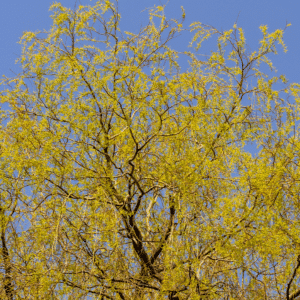
Scarlet Oak is a native shade tree known for its brilliant scarlet fall foliage. Ideal for large landscapes, it supports hundreds of wildlife species and thrives in dry soils.
$21.99 – $25.99
Please note: Sizes 1.5 Gallon and up can’t be shipped outside the counties of Nassau, Suffolk, Brooklyn, and Queens.
Learn more about how the process works and how our plants are delivered.
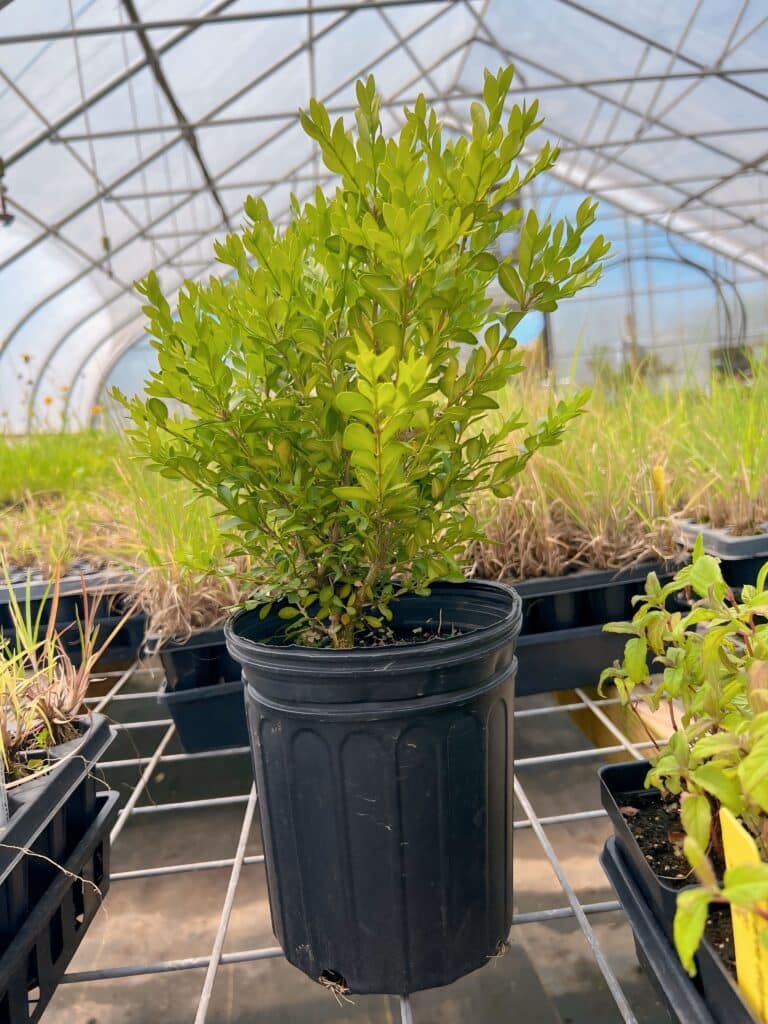

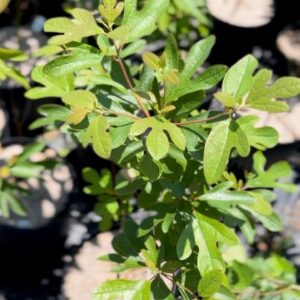
| Size | |
|---|---|
| Common Name | |
| Type | |
| Family | |
| Native? | US Native Plants |
| Zone | 4, 5, 6, 7, 8, 9 |
| Height Range (ft.) | 60 to 80 |
| Spread (ft.) | 40 to 50 |
| Bloom Time | |
| Bloom Description | Inconspicuous yellow-green catkins |
| Sun | |
| Water | |
| Maintenance | |
| Suggested Use | |
| Tolerate | |
| Attracts | |
| Growth Rate |
Quercus coccinea, commonly known as Scarlet Oak, is a majestic native deciduous tree prized for its brilliant scarlet-red fall foliage and adaptability to dry, rocky soils. Growing 60 to 80 feet tall with a broad, rounded canopy, Scarlet Oak is an excellent shade tree for parks, large landscapes, and restoration areas.
In addition to its ornamental appeal, Scarlet Oak plays a critical role in supporting biodiversity. As a keystone species, it serves as a host plant for hundreds of species of caterpillars and insects, which in turn support birds and other wildlife. Its acorns are an important seasonal food source for deer, squirrels, turkeys, and other animals.
/5
Total reviews
|
|
Persons recommended this product
Anonymous
Shopper
check_circle Verified
Shop owner replied
Was this helpful
Anonymous
Shopper
check_circle Verified
Shop owner replied
Was this helpful
Your feedback helps us improve our service.
There are no reviews yet.
Be the first to review “ ”
Please log in to submit a review.
Only logged in customers who have purchased this product may leave a review
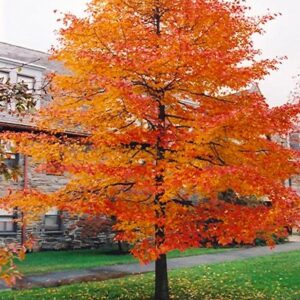
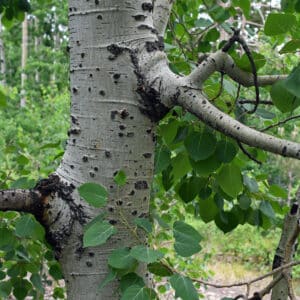
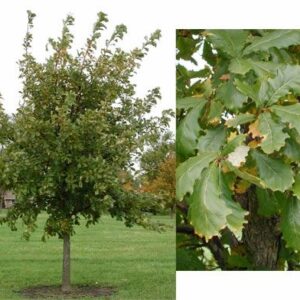
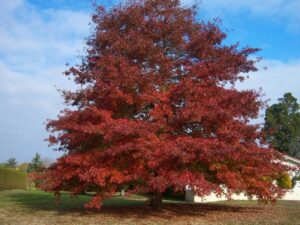
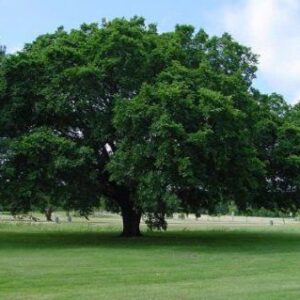
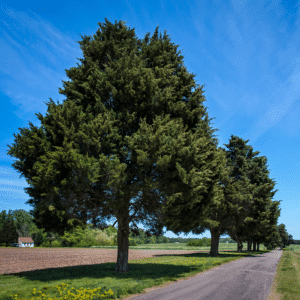

Scarlet Oak is a medium to large-sized deciduous tree, typically growing 60 to 80 feet tall, with a spread of 40 to 50 feet. It has an upright, open crown with strong branches, making it ideal for shade, street plantings, or as a specimen tree.
Scarlet Oak thrives in full sun, requiring 6 or more hours of direct sunlight daily. It prefers dry to medium, well-drained, acidic soils, and does particularly well on sandy or gravelly upland sites. It is drought-tolerant once established but does not tolerate poor drainage or heavy, wet soils.
Scarlet Oak is famous for its brilliant scarlet-red fall foliage, often considered one of the most striking fall displays of any oak. The leaves hold their vibrant color longer than many other species, making it a standout in autumn landscapes.
Yes! Scarlet Oak produces acorns that are a valuable food source for wildlife, including deer, turkeys, squirrels, and other small mammals. As a native oak, it also supports hundreds of species of caterpillars, making it an essential host plant for songbirds and pollinators.
Scarlet Oak is generally resistant to pests and diseases, though it can be susceptible to oak wilt, so proper planting in well-drained soils is important. It is also moderately deer-tolerant—young trees may need protection from browsing, but mature trees are typically unaffected.
Our gift cards make it easy to share the beauty of plants, flowers, and all things green. Whether for a special occasion or just because, give the gift of choice and let them select their favorites to create a garden they’ll cherish.
BUYING HIGH QUALITY PLANTS HAS NEVER BEEN EASIER
Our plants are easy to order, plant, and enjoy! Bringing pollinators to your property improves vegetable yields – Feed the bees!
Sign up for our email list!
Copyright © 2025 Bumbee’s | Web design and SEO by Searles Graphics